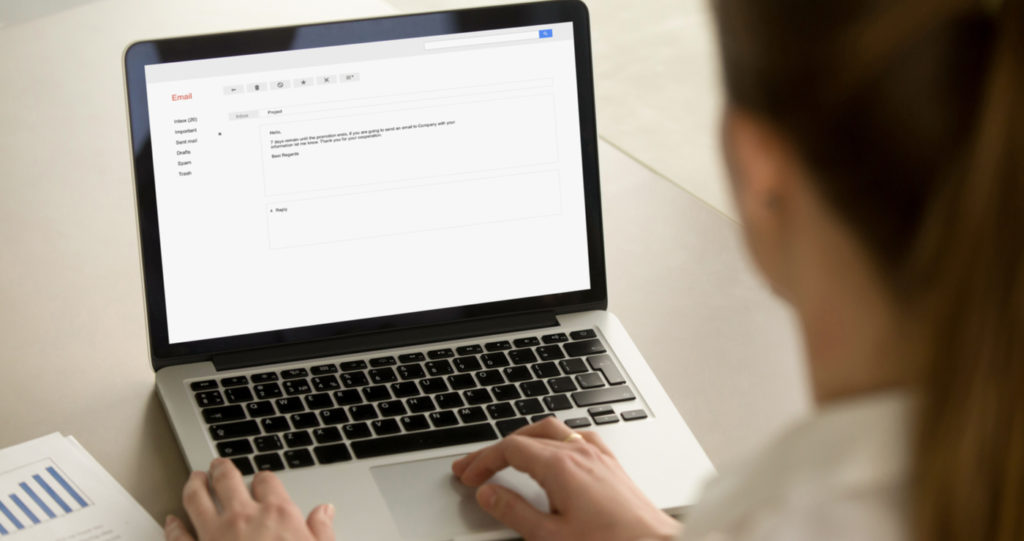Share this article
Learn from the brightest minds how to predictably and efficiently grow revenue.
Related Content
Bringing Revenue Intelligence to Salesforce
Have you ever tried to build furniture without the instructions? You can follow your gut and may end up with a completed project – but there will always be a few screws left over. Your sales team can feel like that too. Their CRM may show them the parts – but without the data and…
See how forecast submissions have changed with Ebsta Waterfall
Waterfall Chart shows how your team's commit and upside forecasts have changed, and more importantly - understand which opportunities drove this change.
The Ultimate Forecast Submission Tool for Managers
New view for managers to review their teams pipeline, inspect their opportunities and change the forecast status.

4 Best Practices for Using and Customizing Email Templates
Using email templates saves you time and allows you to increase your number of outreaches. However, choosing or customizing your own email template is no exact science.
Even if you have your own unique style for capturing attention, there are some key points to keep in mind if you want your email to have the best chance of success.
- Consider your subject line.
It’s a well-studied phenomenon that people are far more likely to open your email if it contains their name in the subject line, so if possible, include your prospect’s name in the subject line. Additionally, keeping it concise, specific, and personal is key. Examples of widely popular subject lines are:
- [Hello name]
- [Your name/company] or [their name/company]
- [Name of their company]
- [Trying to connect]
- [Quick request]
- Email body – get to the value quickly
The first sentence in the body of your email is even more important than you may realize. Many email clients will display the first few lines of text in the body of an email alongside the subject line. So this means the first chunk of text in your email body will be visible without even opening the email in the first place.
A little empathy will go a long way here – think of what it would take to even generate your own interest in the first five seconds of the email.
- Make it personal
This is often the only text you’ll actually be typing. These are the tidbits that touch on your client more personally.
Email templates do all the heavy lifting and lets you focus on parts of your email that will resonate well with your prospect. This is especially important with follow-ups and re-opening channels. Ways of adding a little heart to your email can include:
- Using names of people, companies, and products
- Validating what they do and their company’s mission
- Addressing any concerns, risks, or problems they’re currently facing, and how you can genuinely help them
- Referencing any notes you’ve made in your previous discussions
- Get feedback and apply
It’s important to get feedback on how you’re coming across. Some people will even seek the advice of their own loyal customers and investors to help them gain feedback on their email templates. Ask:
- Would you open this email?
- Would you reply to it?
- What is clear and what is unclear?
- How did this email make you feel?
So, you already know of the power of using Salesforce email templates, but wouldn’t it be more simple to have direct access to these templates from your mailbox?
Ebsta offers a unique solution that enables you to have direct access to your Salesforce templates from your Inbox, whether you’re in Gmail, Outlook, or Office 365. Not only will you be able to view useful metrics, such as opens, clicks and reply rates, but learn which type of email template works best for your team.
The Bottom Line When Developing Email Templates
Carefully crafted sales email templates will help open up new conversations with potential customers. Use these tips and tricks as a starting point and then test different approaches to see what gets you the best response.
Missing out on all the automated fun? Sign up for a 14-day free trial and start automating your sales email strategy today!


